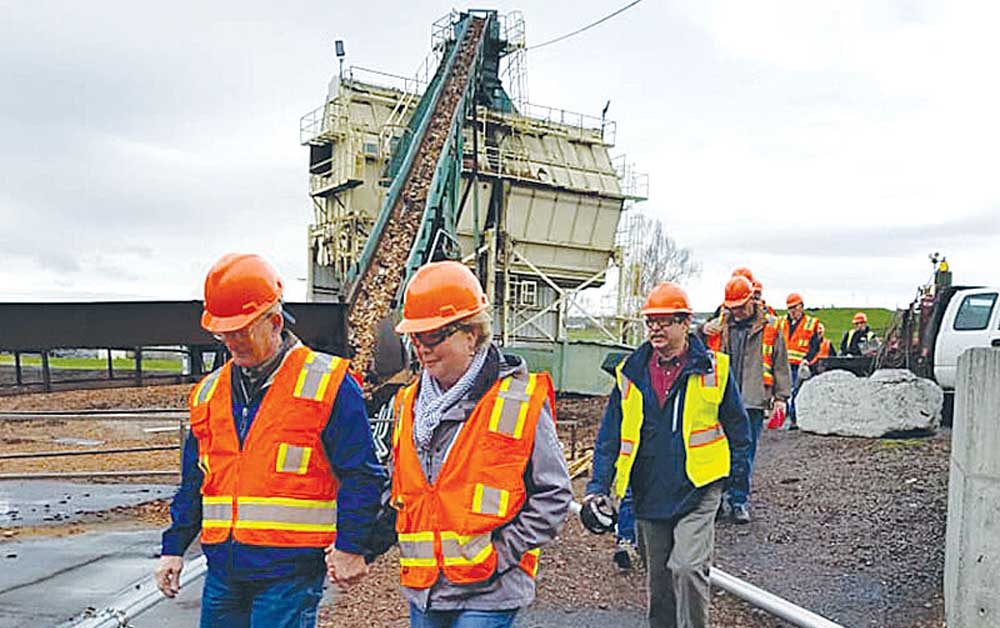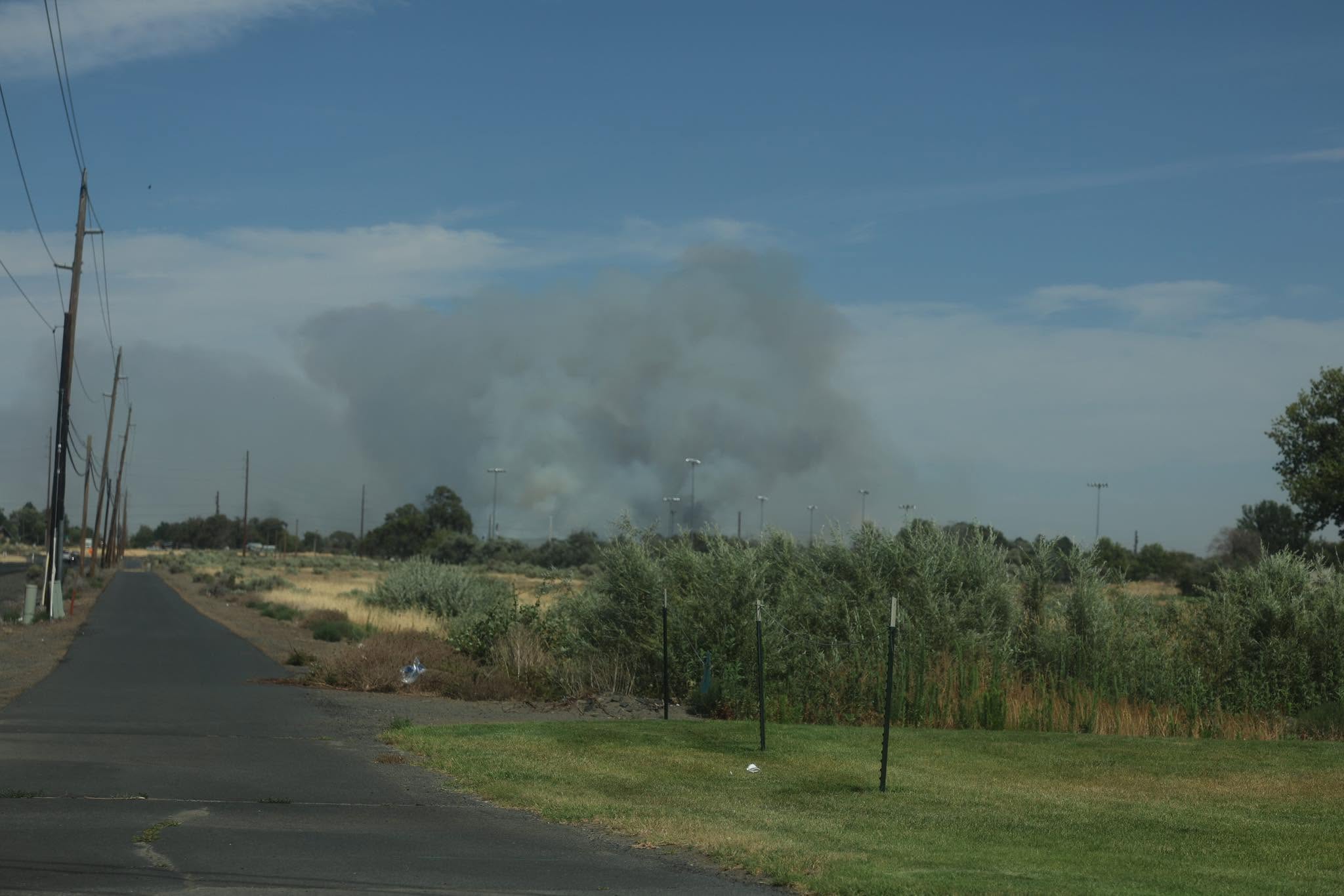East Oregonian Days Gone By for March 2, 2023
Published 5:00 am Thursday, March 2, 2023
100 years ago
An examination of the city police docket and the money paid in to the county treasurer’s office on account of fines in the county during the months of January and February discloses that more revenue in the way of fines is being furnished the city by the police department than the county is securing though the work of the sheriff’s office.
The books of the treasurer show that during January a total of $409 in fine money was turned over to the credit of the county. Of this sum the largest amount resulted in game law prosecutions made by W. H. Albee, deputy game warden. He had four cases in January which fines for a total of $250 were paid.
The total of $409, less game law violation fines of $250, leaves $250 that was secured by the activities of the sheriff’s officer and some road law violations which were turned in by Buck Lieuallen, state traffic officer.
50 years ago
A “great snow job” by Washington politicians on the routing of Interstate 82 was slammed Thursday by Oregon Highway Commissioner Fred Hill.
Hill, Pendleton rancher, spoke at a hearing in Pendleton on I-82 routing. The hearing was conducted by the State Highway Division.
He — and 20 of the 22 who spoke — supported one of the other two routes, C and J, in western Umatilla County.
Thursday was the first time Hill has spoken out on the routing of I-82, the freeway first proposed in 1956 to link the Puget Sound area to Interstate 80 North in Oregon. The routing has been involved in controversy ever since, with Tri-City interests seeking a loop eastward into the Tri-Cities. The original routing called for I-82 to go more or less directly to Umatilla from Prosser, Wash.
Hill rapped what he called the “Magnuson-Jackson spur” that “the State of Washington is trying to sell what was an unsuspecting public.. I will have to say that this is one of the great snow jobs of the interstate system…”
He said, “Where is the justification for spending millions and millions of dollars to route a freeway into a city, when the main consideration and objective has always been to spend millions to bypass them? The Washington proposals just don’t hold water.”
25 years ago
As construction moves ahead on the incinerator complex at the Umatilla Chemical Depot, it’s not uncommon to hear people express astonishment about the size of the 189,200-square-food project.
Despite all the public hearing and all that’s been written about incineration over the years, it’s also not uncommon to hear people express surprise that it’s not some giant woodstove-like contraption going up at the depot into which chemical weapons are chucked.
The process, in fact, begins at the storage igloos where palletizers are used to remove the weapons and load them into 19,000-pound on-site containers (ONCs) capable of carrying 7,500-pound loads. They are built to be leak-proof, explosion-proof and fire-proof.
The containers are transported to the munitions demilitarization building (MDB), which is no more than a mile away from the farthest igloo, where the weapons are separated and destroyed according to weapon type.
Before entering MDB, the weapons go into a container handling building where they are checked for leaks. If a leak is found, the weapon will be segregated for special treatment. If there are no leaks they are sent inside the MDB, where robotics take over.









